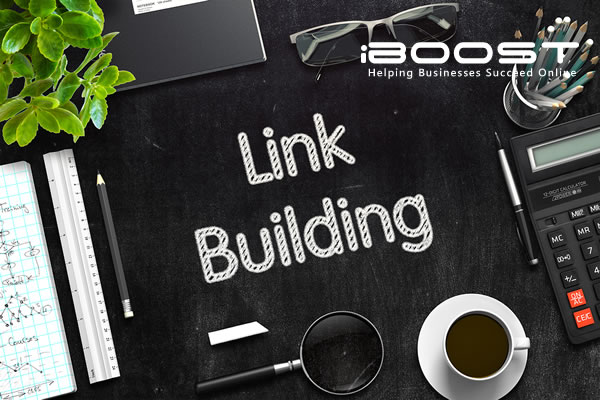Have you been regularly publishing content on your company's website, but still aren't gaining sales or service requests? It can be frustrating for busy managers or business owners to put their efforts into blogging or posting on social media, only to lose time and money in the process. Unfortunately, many entrepreneurs and company leaders simply don't have the time or training to understand the ins and outs of proper SEO techniques. One of the most neglected aspects of SEO success is link building, particularly internal link building. At iBoost, we help companies of all sizes reach their goals using the latest SEO and digital marketing techniques. Here are just a few of the reasons why internal links might help you finally get the results you've been looking for.

What Are Internal Links and Why Do They Matter?
Using internal links can help search engines like Google and Bing find your website. Hyperlinks are clickable words, phrases, images or buttons that take readers from one web page to another. Some links are external, and take customers to other websites. Others are internal, taking your audience from one web page to another area of your website. Both verities of links are necessary if you want to maximize your SEO, and rank higher on popular search engines. In addition to becoming more favorable to Google's algorithm, there are other benefits as well. Internal link building can improve your bounce rate, keeping new fans on your site longer each visit. They can make your website easier to navigate, and help direct potential customers through a sales funnel or campaign. They increase conversion rates, raise the number of page views and can offer a better user experience for your audience as a whole.
How to Implement Internal Links on Your Company's Website
Being aware of the benefits of internal link building is one thing. However, implementing it can be frustrating for those without training in SEO or web design. There are multiple ways that you can use internal links, here are a few examples:
- Create a blog post series and provide links to Part 1, Part 2, etc.
- Select a word or phrase inside the body content of a blog post, and send them to another article on your site that discusses a similar topic.
- Feature products or services on the home page of your site, and create hyperlinks to the corresponding URL.
- Showcase other products or blog posts in the side bar of a web page.
- Link to important pages on your site, such as the contact page or services page at the end of each blog post.
Remember not to overdo links. Remain highly selective about which phrases you choose to link, and make sure that the page your audience is directed toward is relevant. Ignoring this aspect could have negative consequences. You could lose customer's trust, frustrate new visitors and make Google think you're an unreliable source of information. Put quality before quantity and make sure you're always striving to provide highly valuable content at all times.
Ready to Increase Your Site's Traffic? Contact the Specialists at iBoost Today
Are you ready to implement internal links in your SEO strategy? Call the experts at iBoost. Our team of highly trained and experienced professionals are ready to put their talents to work for your company. We will discuss your unique needs one on one, and develop a customized solution to help you reach your online marketing goals.




